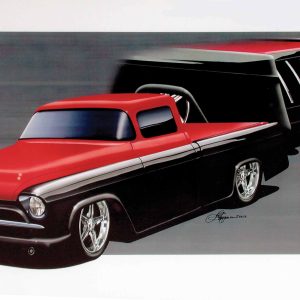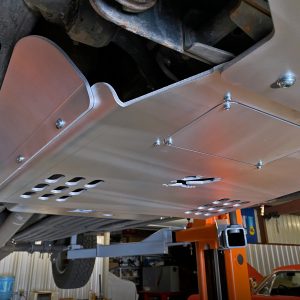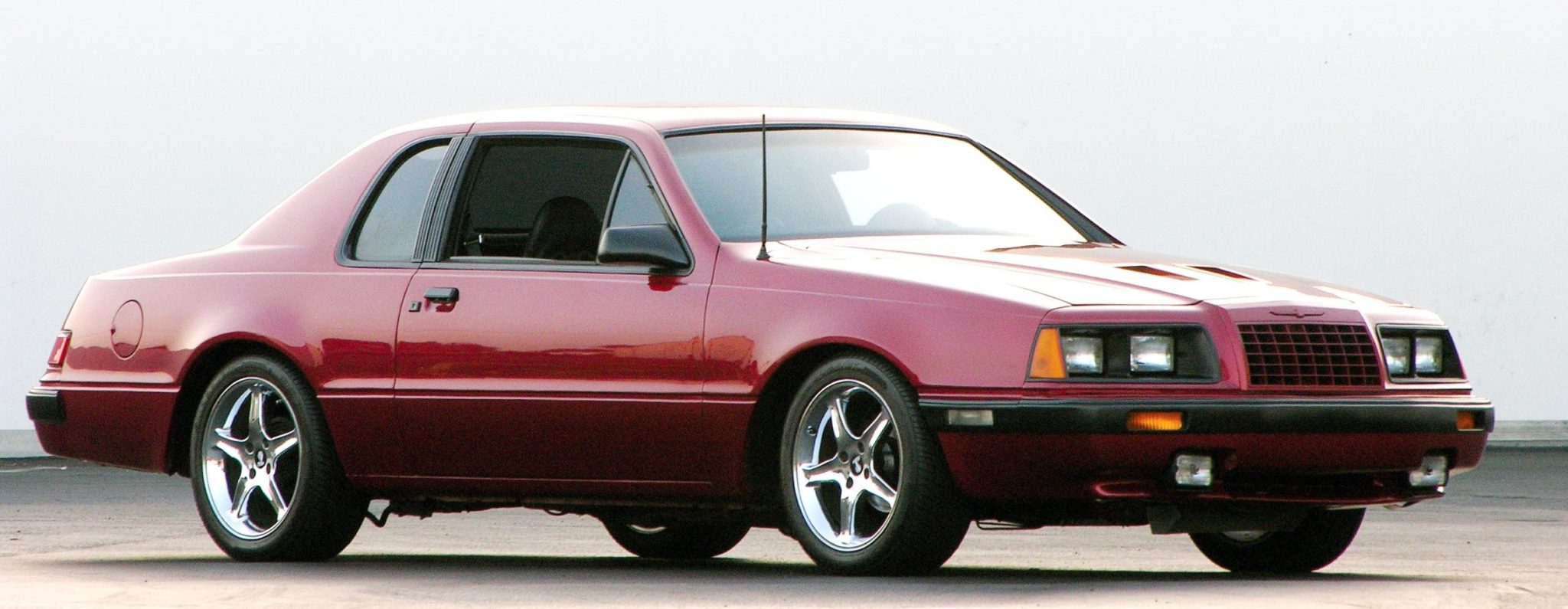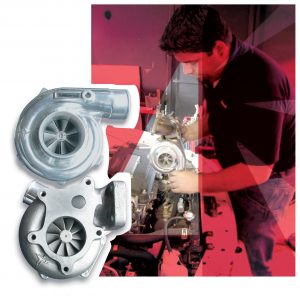
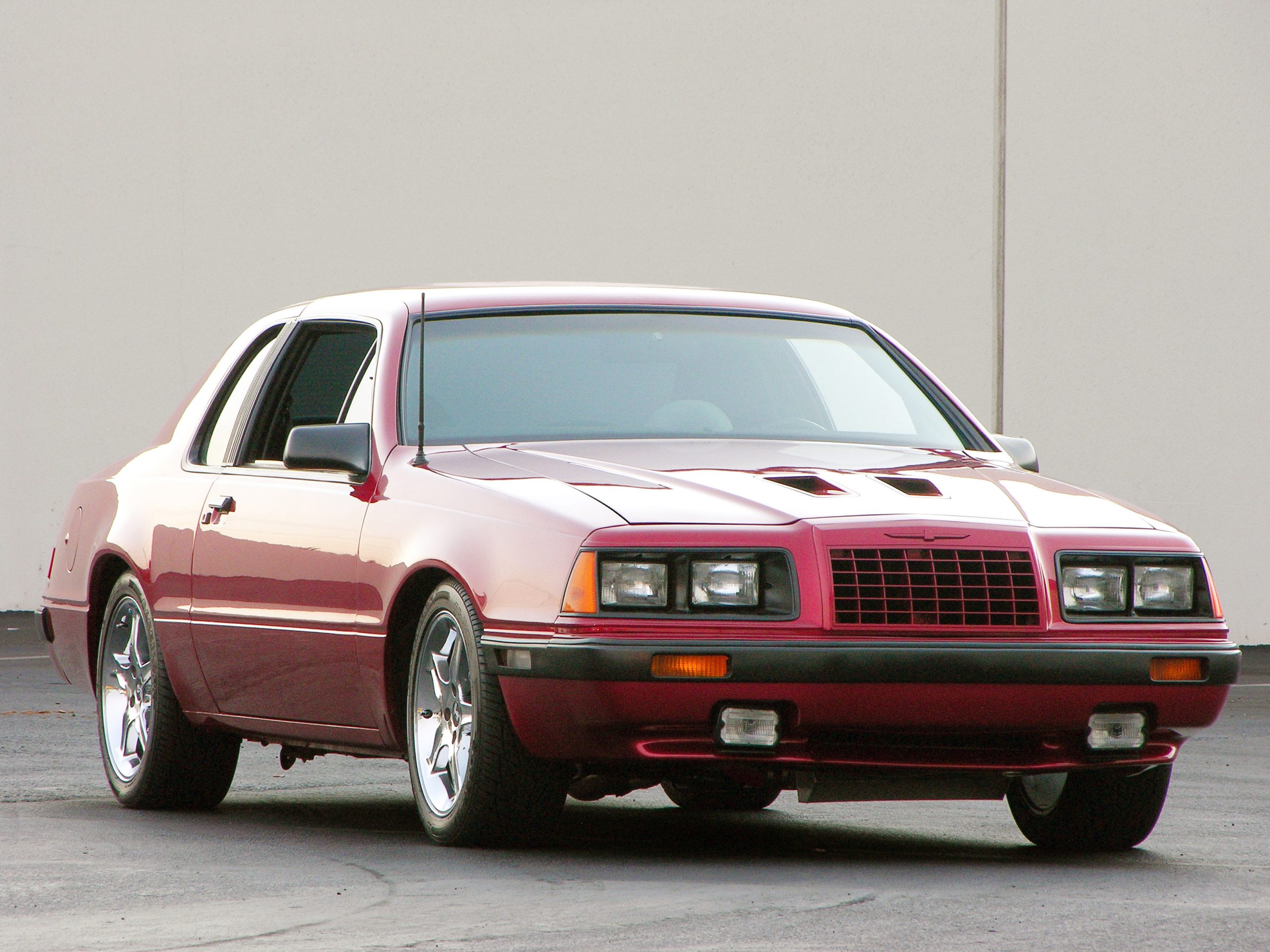

THE AUTO BUILDER
Featured
- All Post
- 20 High Priority - SR Super Rod
- Builds
- 25 High Priority - FB Ford Builder
- Cars
- 30 High Priority - AR American Rodder
- 01 Post Status
- 35 High Priority - RD Rodders Digest
- 40 High Priority - OTR On the Road
- 45 High Priority - SRB Street Rod Builder
- 50 High Priority - TB Truck Builder
- 55 High Priority - BSCENE Buckaroo Scene
- 60 High Priority - FPB Family Power Boat
- Trucks
- Swaps
- Performance Boats
- _000 Home Sliders
- Builders
- 00 Sidebars
- Manufacturers
- 05 High Priority - HCI Hot Compact Imports
- 05 Publications
- 10 High Priority - CR Chevy Rumble
- Back
- Chassis
- Engine
- Fuel System
- Electrical
- Exhaust
- Transmission / Drivetrain
- Suspension
- Steering
- Brakes
- Wheels and Tires
- Interior
- Exterior
- Accessories
- Power Adders
- Back
- Chassis
- Engine
- Fuel System
- Electrical
- Exhaust
- Transmission / Drivetrain
- Suspension
- Steering
- Brakes
- Wheels and Tires
- Interior
- Exterior
- Accessories
- Power Adders
- Back
- Chassis
- Engine
- Electrical
- Exhaust
- Fuel System
- Transmission / Drivetrain
- Suspension
- Steering
- Brakes
- Wheels and Tires
- Interior
- Exterior
- Accessories
- Power Adders
- Back
- Chassis
- Engine
- Electrical
- Exhaust
- Fuel System
- Transmission / Drivetrain
- Suspension
- Steering
- Brakes
- Wheels and Tires
- Interior
- Exterior
- Accessories
- Power Adders
- Back
- Chassis
- Engine
- Fuel System
- Electrical
- Exhaust
- Transmission / Drivetrain
- Suspension
- Steering
- Brakes
- Wheels and Tires
- Interior
- Exterior
- Accessories
- Power Adders
- Back
- Chassis
- Engine
- Fuel System
- Electrical
- Exhaust
- Transmission / Drivetrain
- Suspension
- Steering
- Brakes
- Wheels and Tires
- Interior
- Exterior
- Accessories
- Power Adders
- Back
- Chassis
- Engine
- Fuel System
- Electrical
- Exhaust
- Transmission / Drivetrain
- Suspension
- Steering
- Brakes
- Wheels and Tires
- Interior
- Exterior
- Accessories
- Power Adders
- Back
- Engine
- Fuel System
- Electrical
- Outdrives
- Steering
- Interior
- Accessories
- Power Adders
- Exterior and Hull
- Back
- Chassis
- Engine
- Electrical
- Exhaust
- Fuel System
- Transmission / Drivetrain
- Suspension
- Steering
- Brakes
- Wheels and Tires
- Interior
- Exterior
- Accessories
- Power Adders
- Back
- Chevrolet
- Cadillac
- Pontiac
- AMC
- Buick
- Jeep
- Lincoln
- Ford
- Honda
- GMC
- BMW
- Mitsubishi
- Dodge
- Nissan
- Chrysler
- Subaru
- Toyota
- Plymouth
- Mercury
- Volvo
- Volkswagen
- Oldsmobile
- Acura
- Back
- 05 Pub HCI Hot Compact Imports
- 15 Pub 4x4 4x4 Builder
- 20 Pub SR Super Rod
- 25 Pub FB Ford Builder
- 30 Pub AR American Rodder
- 35 Pub RD Rodders Digest
- 40 Pub OTR On the Road
- 55 Pub BSCENE Buckaroo Scene
- 10 Pub CR Chevy Rumble
- 50 Pub TB Truck Builder
- 60 Pub FPB Family Power Boat
- 45 Pub SRB Street Rod Builder
- Back
- Chip Foose
- Ring Brothers
- Jack Fuller
- Bob Cullipher
- Jerry Nichols
- Bobby Alloway
- Jesse James
- Carl Casper
- J.F. Launier
- Steve Sellers
- Boyd Coddington
- Rad Rides by Troy
- Cal Auto Creations
- George Barris
- West Coast Customs
- Back
- Street Rods
- Hot Rods
- Late Model
- Drag Race
- Handling
- Compact Cars
- Chassis
- Engine
- Fuel System
- Electrical
- Exhaust
- Transmission / Drivetrain
- Suspension
- Steering
- Brakes
- Wheels and Tires
- Interior
- Exterior
- Accessories
- Power Adders
- Chassis
- Engine
- Fuel System
- Electrical
- Exhaust
- Transmission / Drivetrain
- Suspension
- Steering
- Brakes
- Wheels and Tires
- Interior
- Exterior
- Accessories
- Power Adders
- Chassis
- Engine
- Electrical
- Exhaust
- Fuel System
- Transmission / Drivetrain
- Suspension
- Steering
- Brakes
- Wheels and Tires
- Interior
- Exterior
- Accessories
- Power Adders
- Chassis
- Engine
- Electrical
- Exhaust
- Fuel System
- Transmission / Drivetrain
- Suspension
- Steering
- Brakes
- Wheels and Tires
- Interior
- Exterior
- Accessories
- Power Adders
- Chassis
- Engine
- Electrical
- Exhaust
- Fuel System
- Transmission / Drivetrain
- Suspension
- Steering
- Brakes
- Wheels and Tires
- Interior
- Exterior
- Accessories
- Power Adders
- Chassis
- Engine
- Fuel System
- Electrical
- Exhaust
- Transmission / Drivetrain
- Suspension
- Steering
- Brakes
- Wheels and Tires
- Interior
- Exterior
- Accessories
- Power Adders
- Back
- 05 Post Imported
- 20 Post Missing Images (All)
- 25 Post Missing Images (Partial)
- 15 Post In Progress
- 30 Post Internal Review
- 40 Post On Hold
- 50 Post Approved
- 10 Post Images Imported
- 17 Post Missing TXT Files
- 18 Post Missing PDF Files
- 27 Post Missing Content
- Back
- Chassis
- Engine Swaps
- Interior Swaps
- Driveline
- Back
- Street Trucks
- OffRoad Trucks
- Chassis
- Engine
- Fuel System
- Electrical
- Exhaust
- Transmission / Drivetrain
- Suspension
- Steering
- Brakes
- Wheels and Tires
- Interior
- Exterior
- Accessories
- Power Adders
- Chassis
- Engine
- Fuel System
- Electrical
- Exhaust
- Transmission / Drivetrain
- Suspension
- Steering
- Brakes
- Wheels and Tires
- Interior
- Exterior
- Accessories
- Power Adders
- Back
- 01 Sidebar Left
- 01 Sidebar Right
Spotlighter
POPULAR READS
BOOSTED BIRD
Lighter and Faster Than Your Mustang, With Half the Engine
Author

Will Smith
Story & Photography
The ’83 Turbo Coupe was the Thunderbird equivalent to the SVO Mustang. Both ride on essentially the same suspension and are powered by the same 2.3-liter turbocharged four-cylinder engine. Powell found his Turbo Coupe in 1994 and picked it up for only $1,000, the low purchase price a clear benefit of building a non-Mustang. And, surprisingly, this Thunderbird left the factory less than 100 pounds heavier than its SVO Mustang sibling, so weight is not an issue. But Powell wanted to make weight an issue, so he put the ’Bird on a diet, installing a D&D Motorsports tubular K-member and control arms. He went to Kenny Brown for a set of camber/caster plates, which provide alignment for a set of adjustable Koni struts and D&D springs. The new suspension shaved quite a bit of weight off the nose of the car, providing better balance and lowering it 2-1/2 inches. Obviously, the car needed a taller, wider set of wheels and tires, so Powell added 17×8-inch chromed Cobra R-style wheels and 235/45R17 Falken tires.
It was easy to build the front suspension, because the Mustang’s is identical to the Thunderbird’s. In the rear, however, the Thunderbird’s extra length means that Ford designed different parts, and all those aftermarket Mustang goodies don’t fit. Fortunately, Brown recognized the need for T-bird-specific parts, and Powell installed their rear trailing arms. He also removed the original rearend and replaced it with a factory 8.8-inch piece from an ’88 car. To allow the engine to operate at the high rpm that the turbo likes, the owner selected 4.10 gears and a Trac-Lok differential. Koni shocks and Ford Racing springs support the aft end of the car. As on the front, the rear wheels are 17×8 Cobra Rs with 235/45R17 Falken rubber.
Don’t dismiss the performance potential of Powell’s ’Bird just because it has only half the cylinders you think it needs. Of course, having half the cylinders means they have to work hard. Powell Performance specializes in the 2.3-liter turbo engine, so its owner knows how to squeeze lots of power out of not a lot of engine. He began with an ’89 block, which he bored out to 3.810 inches. Adding a stroked 3.401 crank increased total displacement to 2.5 liters, giving him exactly half the displacement of most of his competition. The pistons he chose produce a turbo-friendly 8.1:1 compression ratio connected to Crower Sportsman rods. The crank is the factory piece, although highly modified, and Powell spec’d out his own custom-grind cam, a 0.503-inch-lift, 215-degree-duration solid roller. He also ported and polished the factory head and intake manifold before installing shower-like 62-pound injectors. Oh, and out came the measly original turbo, replaced by a hefty Turbonetics T3/T4 piece breathing through a ported cast-iron manifold and a big Spearco intercooler. Dyno testing reported 420 strong hp at the wheels, nearly triple the factory power rating at the crank. That’s a strong number for a 5.0, let alone an engine with half the pistons and displacement.
Assume this Thunderbird has an automatic transmission and you’ll be making another mistake. Powell installed a 1988 World Class five-speed so he can mix the gears himself, improving acceleration and mileage in the process. The clutch is from Clutches Unlimited.
The biggest exterior change is the addition of the ’88 Turbo Coupe hood, which benefits more than cosmetics thanks to its sunken aero scoops. Those scoops originally fed an intercooler mounted directly over the turbo, but now the vents just direct in cool air all over the engine. The owner de-chromed the hood and made all the necessary repairs to the remainder of the exterior, choosing to leave the remainder of the body as Ford designed it. That decision is fine with us, because Ford blessed this T-bird with looks that were revolutionary for the time. When it debuted in 1983, it was far and away Ford’s most aerodynamic car, and its clean lines helped it clean up on the NASCAR circuit. Powell took his ’Bird to Michael’s Auto Body in Fullerton, California, for paint, and that shop buried the car in Toreador Red, a newer Ford color.
The interior is exactly what a Thunderbird interior should be: sporty and supportive but refined and comfortable. It’s a difficult compromise to manage properly, but the addition of Procar Rave-1600 bucket seats made it a whole lot easier. He re-covered the seats in black vinyl and cloth and then reupholstered the rear seat in the same materials and style so that front and rear seats match. The original gauges remain, but since there aren’t nearly enough of them, they’re now complemented by two pairs of VDO gauges—one pair in a pod above the dash, the other pair below the radio. The new gauges measure boost, fuel pressure, oil pressure and water temp, providing a much more complete picture of the car’s vital systems. A Grant Elite GT steering wheel and UPR shifter give Powell control, and when he has a free moment, he can also peruse the sound waves on the all-Kenwood audio system.
In a lot of ways, Powell and his Thunderbird are exactly what the Ford community needs. They’re a perfect example of the fact that you don’t have to build what everyone else builds to have similar performance. Although there are some very good reasons why the Fox-body Mustang has garnered the levels of popularity it has, it’s hardly the only game in town. Powell is thoroughly satisfied with his creation, and better brakes are one likely future upgrade. The man he bought the car from is constantly trying to buy it back, although we imagine at a price somewhat higher than what he first sold it for.
So, let there be two lessons for you, the first being that the next time you’re looking for a project car, there’s no reason it has to be a Mustang unless you want it to be. And second, if you’re ever in Fullerton, California, and you stop at a light alongside a familiar-looking dark-red Thunderbird, you’d better have more than a 5.0.
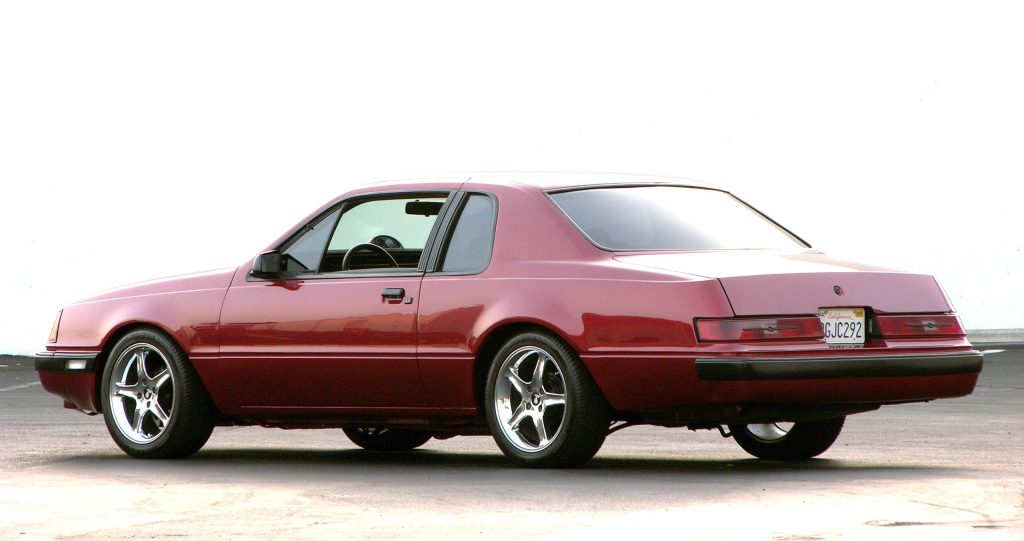
’83 Thunderbird
The ’83 Thunderbird’s aerodynamic styling made it an obvious choice for competition in NASCAR. The car’s slippery shape was a
natural match for the 200-mph superspeedways, especially in the days before restrictor plates. Its design was years ahead of its
competitors, but a poor engine package that year restricted the car to only four wins. Dale Earnhardt Sr.—Mr. Goodwrench himself—picked up two of those wins in his Bud Moore-prepped Wrangler car, Buddy Baker won an event, and the last win of the season was the first win for a young Thunderbird driver named Bill Elliott. Earnhardt went back to driving Chevys the following year, but Elliott became a star in the Thunderbird. He won 11 races, including the Daytona 500 and the Winston Million in 1985, another Daytona 500 in 1987 and the Winston Cup in 1988. He scored 40 of his 44 career wins in Thunderbirds.





